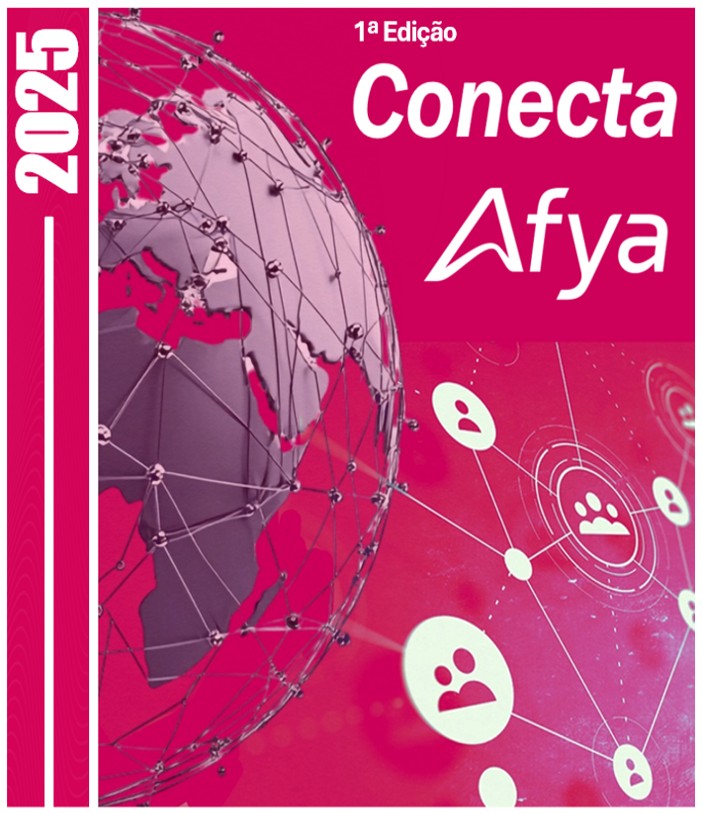Levantamento técnico recuperação de área degradada com baixo custo no município de Urupá-RO
Abstract
The degradation of springs in the Amazon region, associated with the replacement of native vegetation by pastures and cattle trampling, has resulted in soil compaction, erosion, and siltation, compromising the water-related ecosystem services. This study aimed to analyze recovery strategies for Permanent Preservation Areas (APPs) based on technical viability, low cost, and potential environmental and social returns. The research involved a bibliographic and documental review, focusing on native species of ecological and economic value, such as açaí (Euterpe oleracea), Brazil nut (Bertholletia excelsa), and purple ipê (Handroanthus impetiginosus).
The prioritized techniques include area isolation through fencing, mitigation of soil compaction, restoration of vegetation cover using muvuca seeds and locally produced native seedlings, as well as the use of organic composting. These practices have proven effective for the functional recovery of APPs, promoting vegetation regeneration, compliance with legal requirements (Law No. 12.651/2012), and the possibility of generating income through sustainable productive systems, particularly in family farming.
Downloads
Published
Issue
Section
License
Em conformidade com o princípio de democratização do conhecimento, a revista oferece acesso livre e imediato ao seu conteúdo, acreditando que a disponibilização gratuita da produção científica ao público promove maior equidade no acesso ao saber em escala global.
Licença de Uso
Os autores mantêm os direitos autorais de seus trabalhos e concedem aos arquivos do CONECTA SÃO LUCAS o direito da publicação. Os trabalhos são publicados sob as regras do evento além do Creative Commons Attribution 4.0 International (CC BY 4.0)], que permite o compartilhamento, adaptação, distribuição e reprodução em qualquer meio ou formato, desde que a autoria original seja devidamente creditada.





